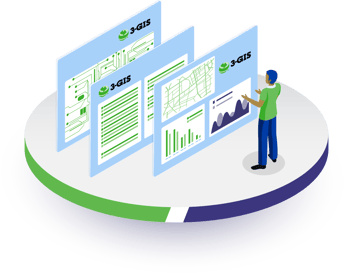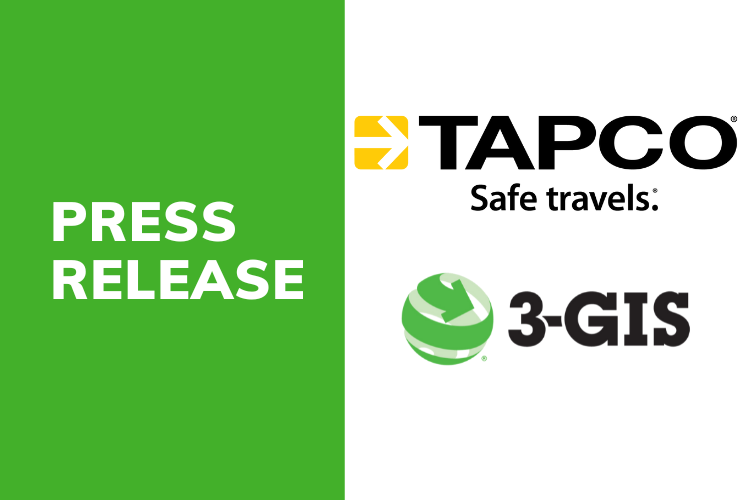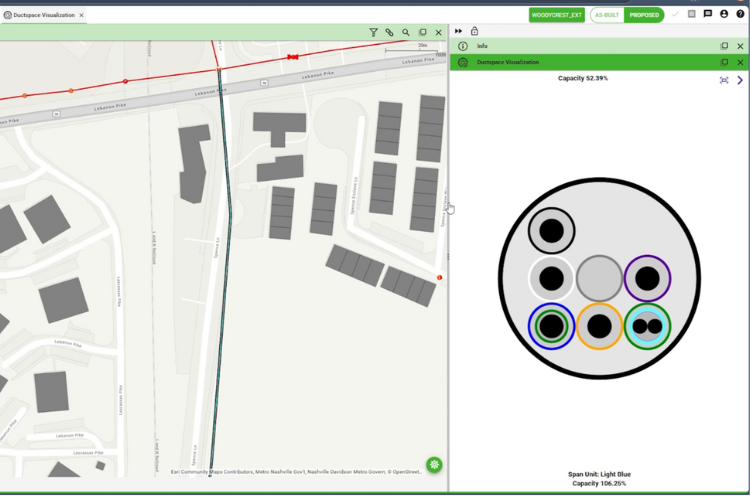Network management systems and processes are broken, which is bad timing for an industry undergoing such tremendous transformation. Innovations that address scale, automation, and intelligence are emerging, but they must be implemented with the big picture in mind. This picture must include the essential and data-rich environment of the outside plant, and must be powered by a management system that is capable of facilitating the desired transformation and promoting increasingly efficient business operations.
In this three part blog series, we’ll be diving into what components of a network management system we believe to be paramount to achieving this goal and how 3-GIS has implemented each of them into our own solutions. Be sure to check out our first two posts to learn more about anywhere, anytime access and geospatial awareness, as well as A to Z visibility and collision free data.
5. Adaptive data model facilitating retrieval and integration of dataEasily accessible data is a foundation of 3-GIS Network Solutions. 3-GIS provides the data needed to quickly make decisions and operate more efficiently. The 3-GIS data model is robust so that it accommodates the complexity of fiber equipment and signals. We have tools to import existing data into the model and modes of data egress to support other operational systems, whether that be API, integration, downloads, and construction prints, and application reports.
A great example of this easy retrieval of data in the system is the ability to efficiently trace a route in a fraction of the time of traditional methods. The Signal Path model is 3-GIS’s solution for slow, complicated tracing. Because the Signal Path contains information about the service agreement type, circuit number, and other signal details and relates that information to all network features on the path, tracing a route through existing fiber takes minutes rather than hours. The information stored on the Signal Path is configurable so an organization can provide different information according to their needs, effectively tailoring tracing capabilities to their specific network.
The correct output is also important for integrating the network management solution with other systems. Provisioning, surveillance, and outage-management systems that use connection information and ignore components can consume data directly from 3-GIS Network Solutions, and 3-GIS natively supports these integrations using Esri’s GIS platform, REST endpoints, and a database readable by any SQL enabled system. Where specific attribute information is needed for interfacing with an assignment system or customer information system, the attribution fields can be configured accordingly and the input required by the system in order to add or modify network components in the system, ensuring that the output needed for the integration is always.
6. Configurable interface supporting ready-set usability
Usability has been an issue for network management solutions from the very beginning. 3-GIS provides a customizable set of tools designed to reduce clutter and user intimidation, allow users to quickly learn the tools necessary for their work, and integrate with the additional tools users need to do their jobs. It is the 3-GIS | Admin tool allows users to configure the application to their own requirements. This is significant because it empowers the client’s administrators to execute and manage configuration without programming.
3-GIS’s configurability is developed around the understanding that each organization needs workflows that both address its specific needs and make sense to its employees. By creating a flexible data model that can be adjusted to include any features and attributes and by providing customizable tools and interfaces, 3-GIS helps organizations create and implement workflows that users can understand.
3-GIS features a vast array of tools and functionalities in a fully customizable interface that allows an organization to design and implement different views according to user roles. An administrator can create any number of user roles and configure the interface to display only those tools users in each role require to perform their work. A user can be assigned to multiple roles and swap between the interfaces according to the current task.
By limiting the tools on the interface to only those required for the user’s role, 3-GIS eliminates confusion and allows the user to focus only on the elements required for performing specific tasks, facilitating and abbreviating the initial adoption, implementation, and training period. As the user becomes more familiar with the software, additional roles can be assigned to support different kinds of work.
3-GIS Network Solutions stands firm as a foundation for digital transformation because it was built on the six pillars discussed in this series. Eager to uplevel your network management solutions for better business results? Let us know today!



